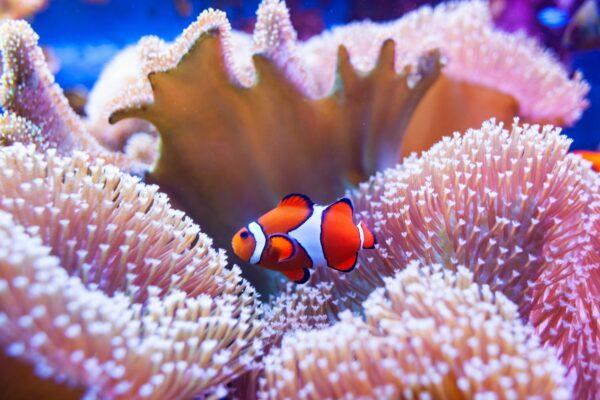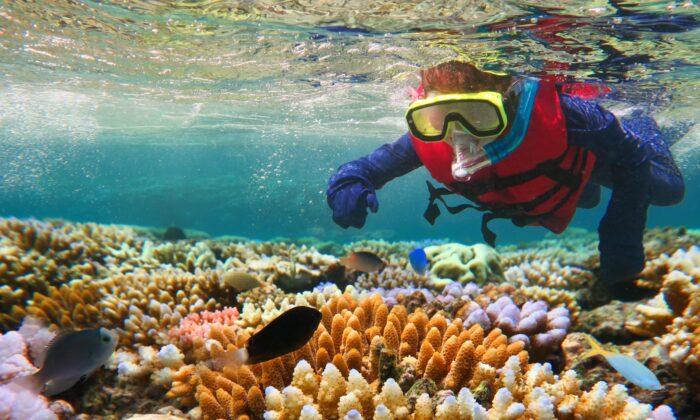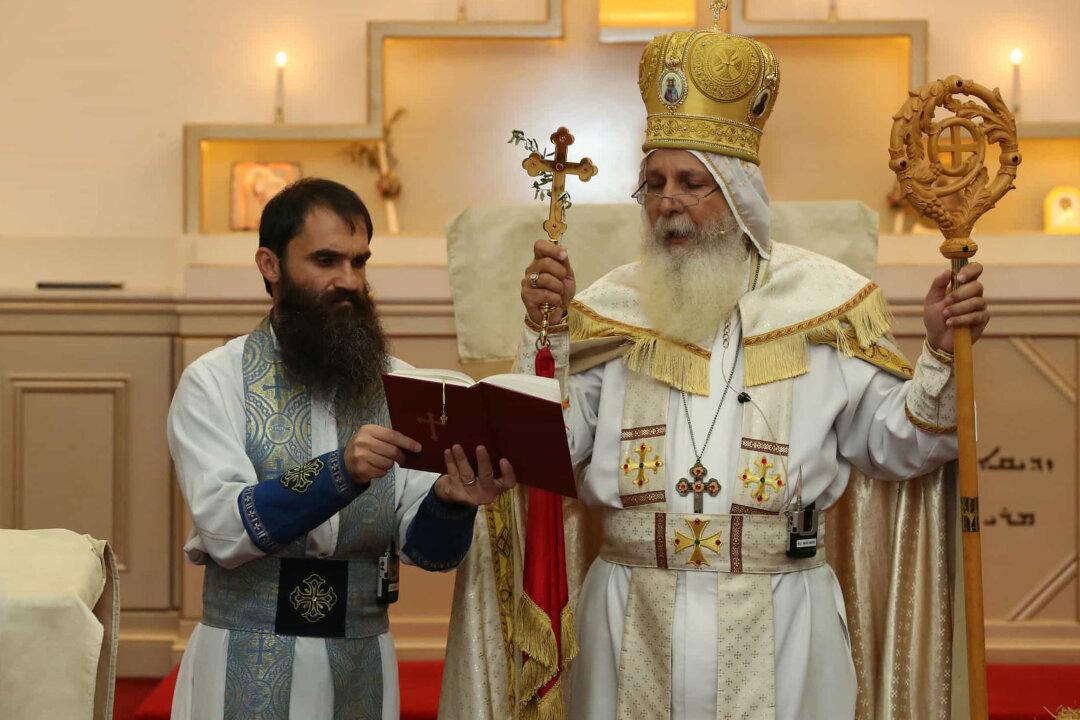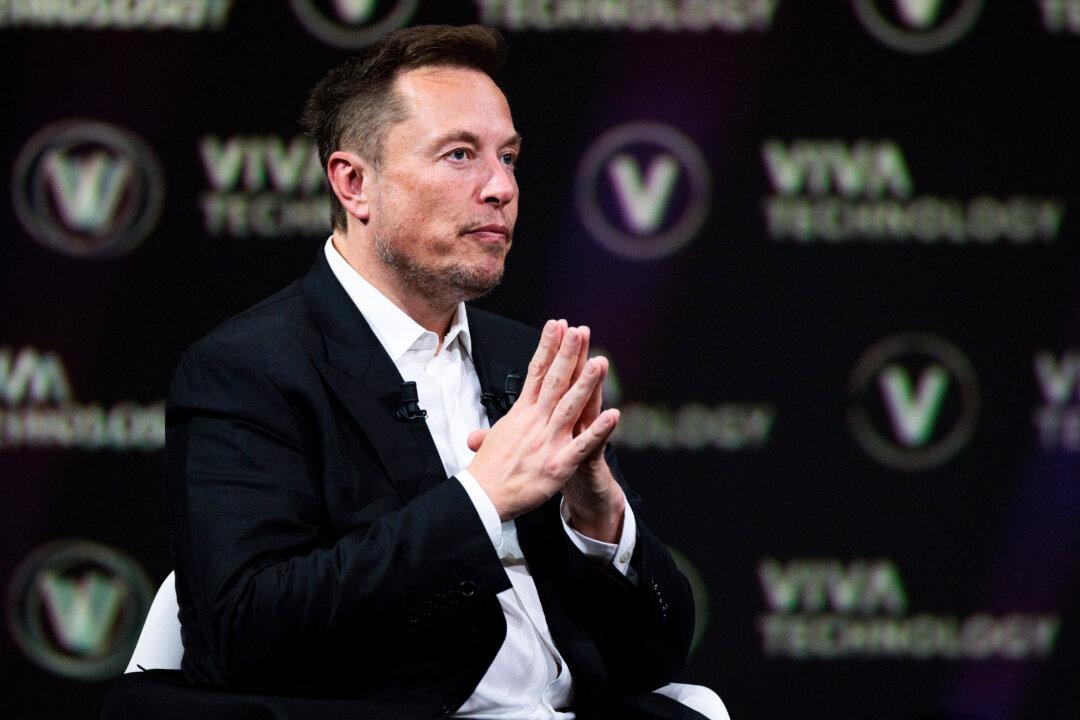Australian Prime Minister Scott Morrison has pledged $1 billion over the next nine years towards the Great Barrier Reef if elected, after successfully campaigning UNESCO to delay a decision to list the World Heritage site as “in danger” six months ago.
The announcement comes three weeks after Opposition Leader Anthony Albanese said he would inject $163 million over four years into protecting the natural wonder.
The Great Barrier Reef, which contributes around $6.4 billion in value, and over 64,000 jobs, to the Australian economy per year, has been considered a key election issue in the Far North Queensland electorates of Leichhardt, Capricornia, Flynn, and Herbert.
While the Morrison government managed to keep the reef off the list, it needs to report to UNESCO about the state of the world’s heritage site and plans to protect it, before the 45th session of the World Heritage Committee due in July in Russia.

The major pre-election investment includes $579.9 million for improving water quality, covering work on erosion and land condition, as well as reducing runoff of pesticides and nutrients.
A further $252.9 million will bolster the Great Barrier Reef Marine Park Authority’s efforts to reduce threats from the crown of thorns starfish and prevent illegal fishing, while $92.7 million is slated for research to make the reef more resilient and to boost adaptation strategies.
Prime Minister Scott Morrison on Friday said the funding will support scientists, farmers, and traditional Aboriginal owners in backing the “very latest marine science” while building resilience and reducing threats from pollution in the oceans and predators such as the crown of thorns starfish.
“We are backing the health of the reef and the economic future of tourism operators, hospitality providers and Queensland communities that are at the heart of the reef economy,” he said.
“This is already the best-managed reef in the world, and today we take our commitment to a new level.”
“From breakthrough science in coral seeding and restoration to improved water quality, the latest on water management and compliance systems, as well as the protection of native species, we are working across every aspect of the reef,” environment minister Ley said.
“Our farmers, tourism operators, and fishers are our reef champions and we are supporting them through practical water and land based strategies that will contribute significantly to the health of the reef.”Following UNESCO’s recommendation to put the reef on the “in danger” list, the federal government has launched a bid to convince countries to vote against the decision, including taking diplomats on a diving trip and dispatching the environment minister on a private jet to lobby world heritage committee members around the world.
In a media release in July 2021, the government stated the reef was “in a recovery window with coral cover rising in all three regions” after a series of “severe and widespread” disturbances over the last decade.
Meanwhile, the opposition leader has promised that a Labor government, if elected, would “make sure that the reef is kept off the endangered list of the world heritage listing.”



